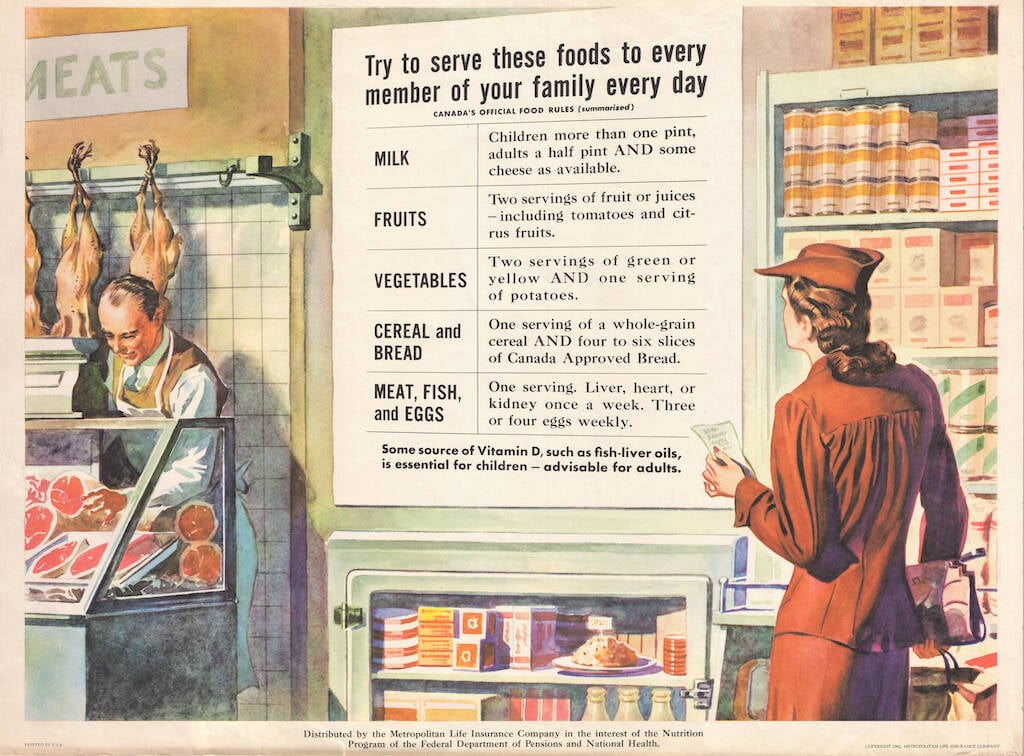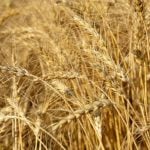The Canadian Wheat Board didn’t fill a recent wheat tender from Japan because its wheat has a lower percentage of protein than Japan usually requires, a spokeswoman for the marketing agency said Jan. 27.
But the wheat board remains confident of filling future tenders from Japan, its fourth-largest wheat export market, as talks with Japan’s Ministry of Agriculture, Forestry and Fisheries look to work out contract specifications that match Canadian supplies, said CWB spokeswoman Maureen Fitzhenry.
“Canada will continue to be supplying wheat to meet Japan’s needs,” Fitzhenry said in an interview. “This is an issue related to one tender of many that happen in the course of the year.”
Read Also

Canada’s ‘Harvest for Victory’ in the Second World War
Propaganda posters celebrating farming show the legacy of Canadian agriculture during the Second World War.
Global supplies of high-quality wheat have tightened due to wet weather and untimely frost last year in Western Canada and recent flooding in Australia.
Canada won’t have trouble finding markets for its wheat, even though quality is lower, said Ken Ball, commodities futures and options broker at Union Securities in Winnipeg.
“The world’s eager for wheat and even Japan will lower their standards if necessary … I can’t see it being a big issue.”
Japan bought 225,100 tonnes of wheat from Canada during the first four months of the 2010-11 marketing year, or one-fifth less than it imported during the year-earlier period. That reduction reflects a later-than-usual harvest, Fitzhenry said.
Japan, which buys only high-quality milling wheat from Canada, usually wants a protein level of 13.5 to 14 per cent, Fitzhenry said. The board had spring wheat available with between 13 and 13.3 per cent protein.














